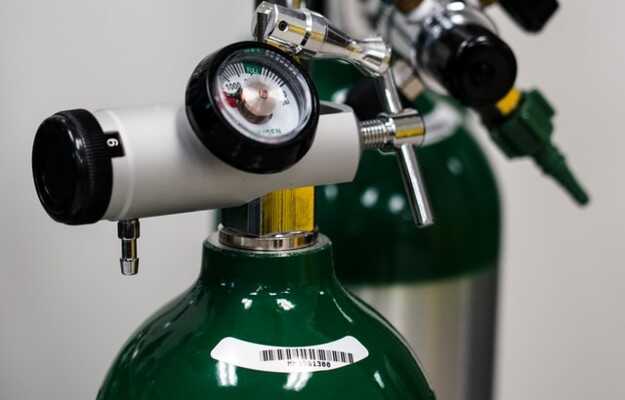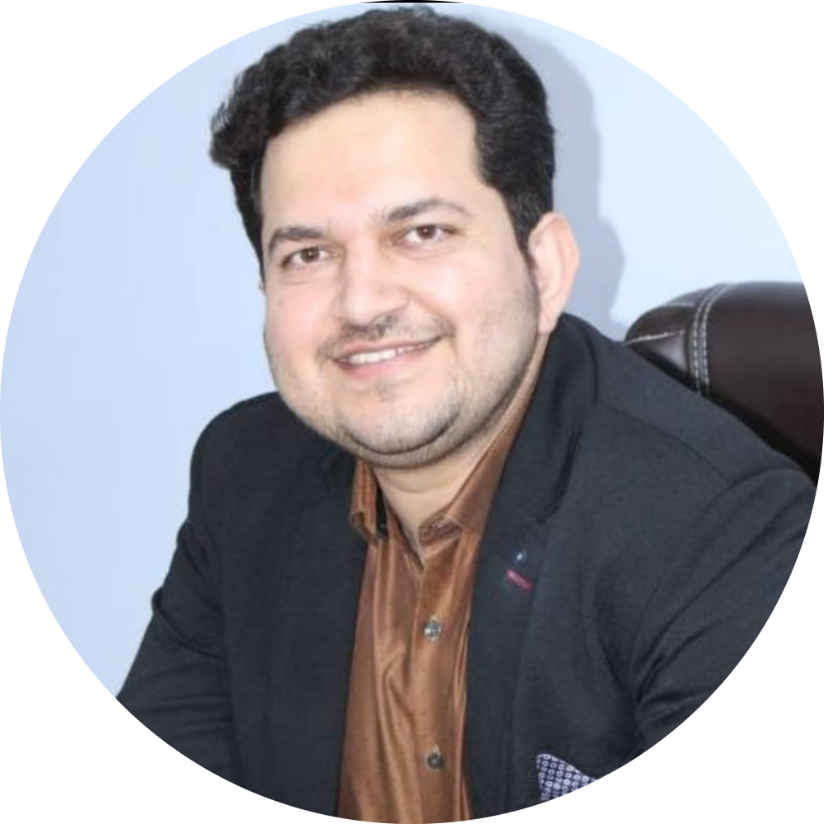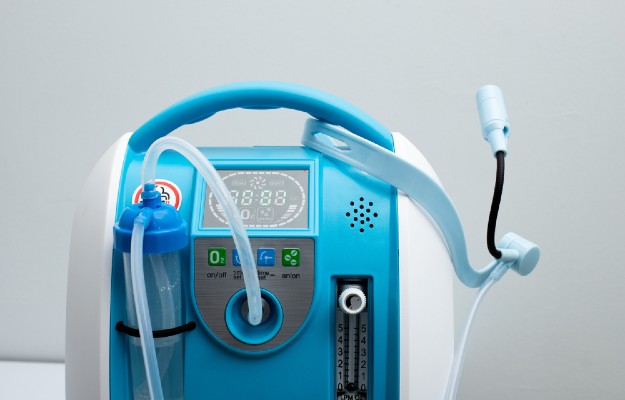Oxygen therapy is essential for providing life-saving care to patients. Patients suffering from COPD (chronic obstructive pulmonary disease), asthma, pneumonia and cystic fibrosis are some of the people who may need oxygen therapy. One of the ways to provide oxygen therapy is through oxygen cylinders. Oxygen cylinders are tanks that contain compressed oxygen in them. They are not only used for medical purposes, but also for other industrial purposes like the mining of steel or activities like mountaineering and diving. Oxygen cylinders can be harmful and lead to injury if not handled in the proper manner. A trolley or backpack may be needed to help easily transport the cylinder if the capacity is on the higher side. They need to be stored away from heat as that can cause a fluctuation in pressure. Since they can be highly flammable, there should be kept safe in environments without any ignition source.
(Read more: Hypoxia)













































